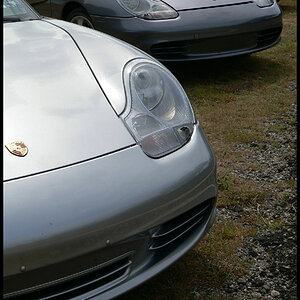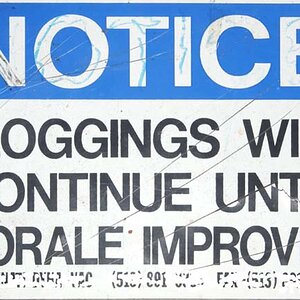- Joined
- Oct 16, 2012
- Messages
- 14,632
- Reaction score
- 7,562
- Can others edit my Photos
- Photos OK to edit
But what are you basing this on, which models have you used? That's all I'm asking.The canon 24-105 is a great "L" series lens. It covers all the most popular focal lengths. It's well built and would be a perfect all around lens. It is heavy but not uncomfortably so.
I would however skip the 40mm. I have one and only use it when I want to do some quasi-macro shots. I would instead look at the 50mm 1.4 or the 35mm 2.0.
The nikon is also a good choice but I am not familiar with that lens.
The Fuji is super nice but I have found that mirror less cameras aren't "quite" there yet. If anything I'd go for the Sony A7 series.
Have you shot with an XT1? Zack Arias did advertisements for Range Rover with it, amongst some other pretty huge clients. Like what do you mean by "not quite there yet?" Just wondering what this is based on?
To me the EVF is the biggest thing that needs to be fixed. Rapid movements and qucik action are still a bit tricky.
I think we are maybe 1-2 generations away from perfection.
Nope, haven't used one but I've seen and read lots of reviews.


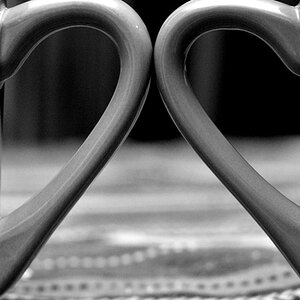

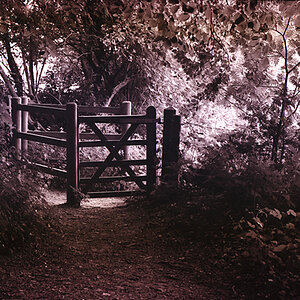
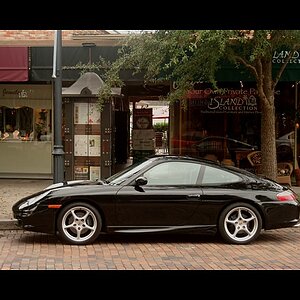
![[No title]](/data/xfmg/thumbnail/35/35953-1a8b92df0115ff7026f31b78855ac815.jpg?1619737264)
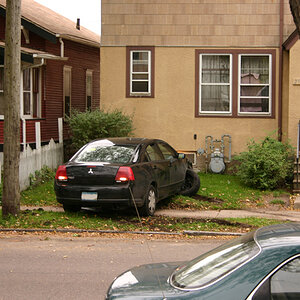


![[No title]](/data/xfmg/thumbnail/35/35948-700e0d840da0ca73727b1bd6d99b4142.jpg?1619737257)
